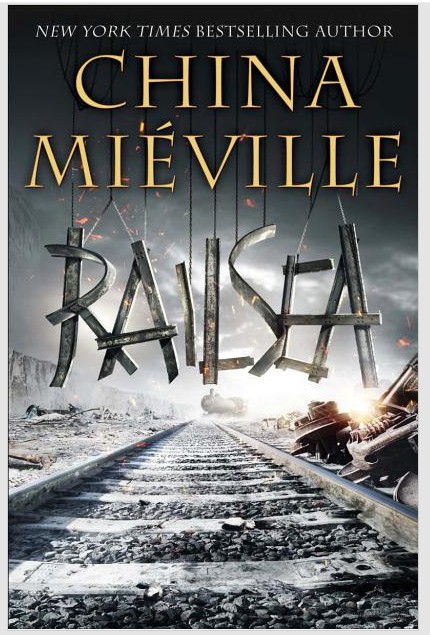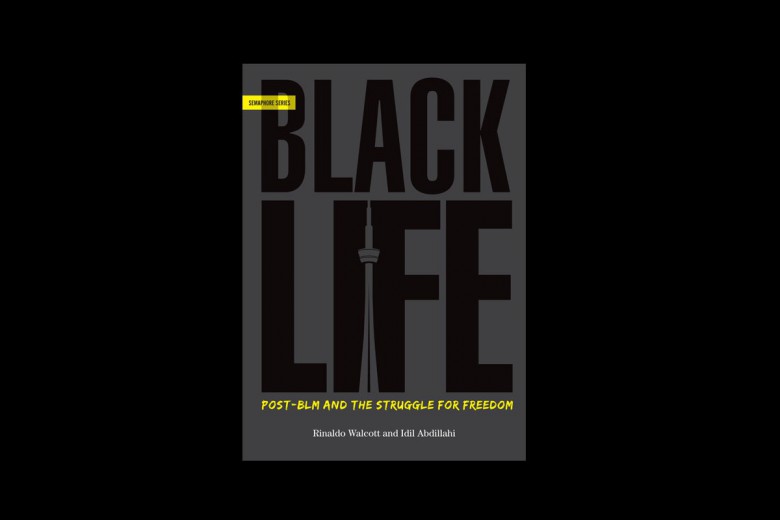
Railsea
By China Miéville
Ballantine Books/Del Rey, 2012
China Miéville’s first novel for young adults, Un Lun Dun, was a playful and pun-filled deconstruction of classic fantasy tropes. With Railsea, Mieville returns to the YA field, this time playing it fairly straight.
The book pays homage to the classic seafaring adventure novels of Robert Louis Stevenson and Herman Melville’s masterpiece Moby Dick. But in place of roiling water and wooden ships, Miéville drops the reader into a post-apocalyptic world of dirt and steel. There are two layers to the sky and four to the world. The upsky is a toxic place filled with huge, dangerous air beasts. The downsky is the breathable air, stretching from the base of the highlands – which hold their own terrors – to the habitable lands of the continents. Below lies the flatearth, on which sit the twisting tracks and ties of the railsea, which rests above the caverns and beast trails of the subterrestrial.
The origin of the railsea is unknown. Some say the gods put down the train tracks or that they extruded from the ground like exposed fossils. Others say that the rails were written “in heavenly script, that people unknowingly recited as they travelled.”
The novel’s protagonist is a young orphan, Sham ap Soorap, who has been taken aboard the mole train Medes as a physician’s apprentice. Sham has little interest in mole hunting or medicine and spends his time on the ship pining for the life of a salvor – those who ride the switchbacks of the railsea in search of leftover objects from the distant past scattered across flatearth.
Captain Naphi of the Medes is a woman with singular purpose. Like Melville’s Captain Ahab, Naphi seeks a single beast: Mocker-Jack, a “moldywarpe” behemoth with skin the colour of ivory. While Ahab infused the whale Moby Dick with human characteristics, the railsea captains go one step further, imbuing the beasts they hunt with philosophies. They hold court in rundown pubs, exchanging tales of and theoretical reflections on the objects of their obsession: “Captain Genn’s Ferret of Unrequitedness; Zhorbal & the Too-Much-Knowledge Mole Rats; & Naphi. Of course. Naphi & Mocker-Jack, Mole of Many Meanings.”
When the Medes stumbles upon a train wreck deep in the railsea, Sham discovers a photograph that sets off a grand adventure. The image shows a single line of track heading off into the horizon – the beginning of the railsea. The picture leads Sham to Dero and Caldera, the orphan children of the photographers. They embark on a journey to find the beginning-end of the railsea where heaven is rumoured to exist, the home of “dead treasure, history, angels, a vale of tears.”
This is not the first time that trains have provided the setting for Miéville’s fantastic adventures. Iron Council, the third book in his “Bas-Lag” series, describes a rebellion staged by rail hands, sex workers, and slaves working on a colonial railways project. The rebels commandeer a militia train, transforming it into a socialist train-city of free people in perpetual motion. The legend of the community spreads, becoming a potent symbol for a workers’ rebellion in the New Crobuzon city-state years later.
Miéville, an avowed socialist who has written several works on Marxism and international law, uncharacteristically keeps the politics in Railsea in the background. It isn’t until the final chapters that a political theme solidifies. It shouldn’t be surprising that capitalist greed plays a part in the creation of the barren lands of the railsea. Perhaps because this revelation occurs in the immediate aftermath of the final confrontation between the crew and Mocker-Jack, the scene lacks the devastating impact it should have.
The runaway success of Suzanne Collins’ The Hunger Games speaks to an appetite for stories that reflect the bleak future we face but that also give us hope that we can reshape our world. Readers young and old who are seeking politic-ally relevant adventure stories and who also enjoy challenging prose layered with beauty and meaning should seek out this book. Railsea affirms Miéville as an intellectual of the absurd, a poet of the fantastic.




